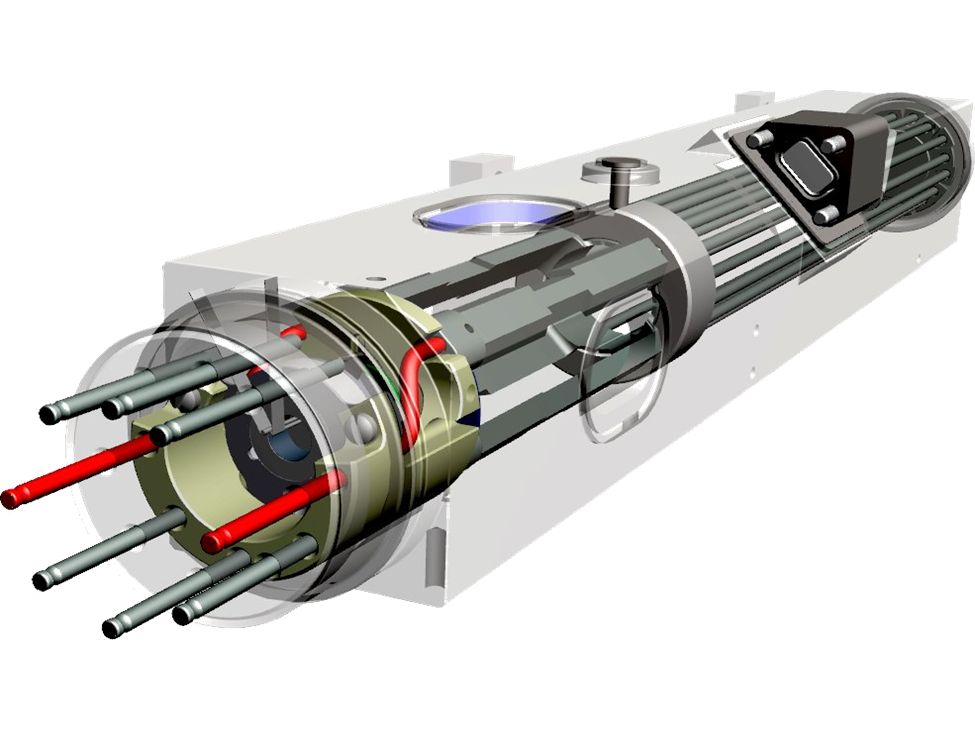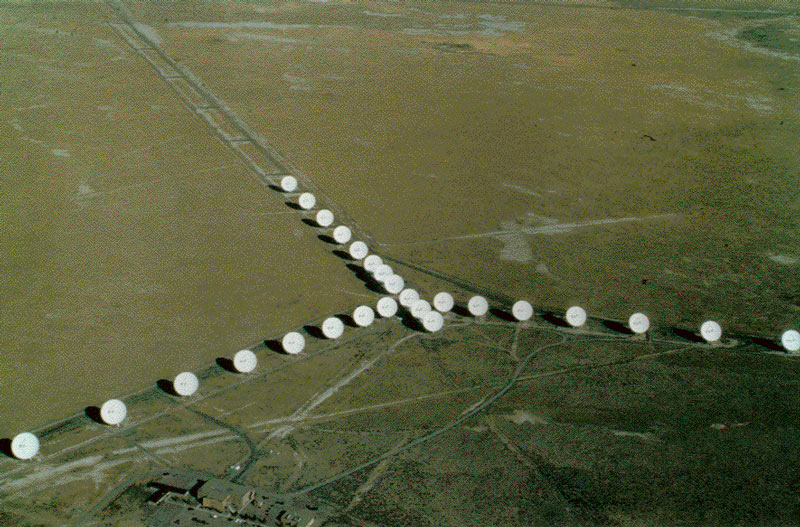Deep Space Atomic Clock
SCaN has been working on the development of new space clock technology. The atomic space clocks on board spacecraft are used to help navigate the spacecraft while they are in orbit around Earth or on deep space missions.
NASA’s Deep Space Atomic Clock (DSAC) is a technology demonstration that could change navigation and radio science as we move forward to explore Moon and Mars.
DSAC is the leap forward in space technology.
Current ground-based atomic clocks used in the Deep Space Network (DSN) are too heavy and bulky to put on exploration spacecraft where size, weight and power consumption is at a premium. Therefore, timekeeping in these missions is typically done by means of a two-way signal between a tracking station and the spacecraft, and then await navigation commands from the ground, a process that can take hours.
DSAC’s revolutionary space clock design is much smaller, requires less power, and is more stable than current space-qualified atomic clocks and virtually autonomous. With DSAC, a spacecraft using a signal from Earth and an onboard navigation would be able to determine its real-time position in space with virtually no clock errors. Also, DSAC will be far more stable than any other atomic clock flown in space by using the ultra-regular oscillations of mercury ions onboard (fewer than usually found in two cans of tuna fish!) to count time.
Timely location data and onboard control allow for efficient operations, more precise maneuvering and adjustments to unexpected situations. This paradigm shift will allow astronauts to focus on mission objectives when moving forward to the Moon and beyond.
How does DSAC impact NASA?
- Moon to Mars: At the Gateway, NASA’s future station in Lunar orbit, we could demonstrate DSAC in conjunction with an onboard autonomous space navigation system to prove its reliability and accuracy for more ambitious exploration deeper into the solar system. Also, in crowded destinations, such as Mars, DSAC could free up communication time with antennas on Earth. Currently, Earth-based antennas can only send navigation signals to one spacecraft at a time. DSAC antennas could send signals for navigation to multiple spacecraft simultaneously.
- Radio-Based Science: DSAC’s improved timekeeping would enhance the accuracy of a spacecraft’s radio science investigations in any number of areas, such as planetary gravity fields and atmospheres. For example, this innovation could reveal whether the icy moons of Jupiter have sub-surface oceans, or the composition of a planet’s atmosphere.
- GPS Clock Stability: DSAC could also improve future GPS clock stability and, in turn, benefit Earth users worldwide. Ground-based tests showed DSAC is up to 50 times more stable than the atomic clocks currently flown on GPS satellites. GPS clocks today require clock corrections uploads twice a day. GPS with DSAC might need a correction only once every few months!
What is an atomic clock?
- Atomic clocks are the most accurate timekeepers in the world.
- Atomic clocks use the rhythmic characteristics of atoms the same way a grandfather clock uses a pendulum.
- Ground-based atomic clocks have long been the cornerstone for space navigation to the Moon, Mars and beyond.
- Currently, these precise ground-based atomic clocks are used to measure a spacecraft’s distance and direction based on how long its speed-of-light signal takes to travel to Earth and back. These measurements are collected over time to determine the spacecrafts’ position and velocity.
- DSAC, the Deep Space Atomic Clock will provide precise, onboard timekeeping and streamline how spacecraft navigate and do science as we move forward to Moon 2024 and on to Mars.
DSAC is a primary payload (one of six) onboard the General Atomics Electromagnetic Systems Orbital Test Bed (OTB) satellite.
The DSAC project is sponsored by NASA Space Communications and Navigation (SCaN) and NASA’s Space Technology Mission Directorate (STMD). The project is managed by NASA’s Jet Propulsion Laboratory (JPL).
Ground Antenna Arraying
NASA has been combining multiple ground antennas as though they are a single dish since the 1980s. The ground antennas need to be able to consistently send and receive information to spacecraft so that NASA can accurately pinpoint the location of the satellite, determine its health, and receive important science data. As other new technologies develop and space missions require larger amounts of data, scientists and engineers on the ground will need an increased capacity and capability to interface with these space assets.
To capture all of the data that satellites are gathering, NASA would need more ground antennas. NASA could build more large antennas, but these antennas are expensive to operate and maintain. It’s much more efficient and less risky to build an array of many smaller antennas.
There are a number of advantages by building the antennas in an array. The reliability of the hardware increases because failure of a single smaller dish degrades the transmission capacity minutely compared to a failure on a single larger piece of hardware. In addition, an antenna array would allow NASA to better match its data capture capacity to all the various missions that it tracks. Antenna arraying also permits use of the same downlink spectral frequency for multiple spacecraft in the same primary array antenna beam simultaneously, as long as multiple spacecraft are not in the same synthesized array beam. Hence, an array can more efficiently capture data from spacecraft that appear close to each other on the sky.
Radio frequency interference nulling also become possible. The antenna array can also be controlled to have a wider or more focused beam as needed for a particular mission. Thus, this technique can be used to isolate a single spacecraft from a swarm or constellation (focused beam), and it can also be used to capture data from multiple spacecraft simultaneously (wide beam).




























